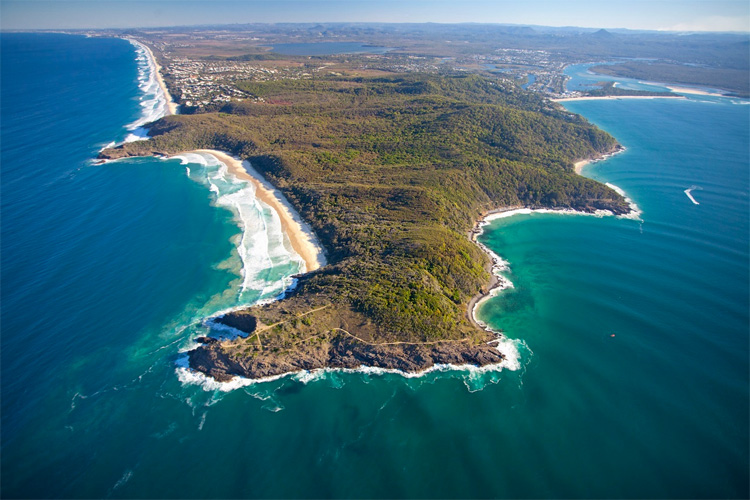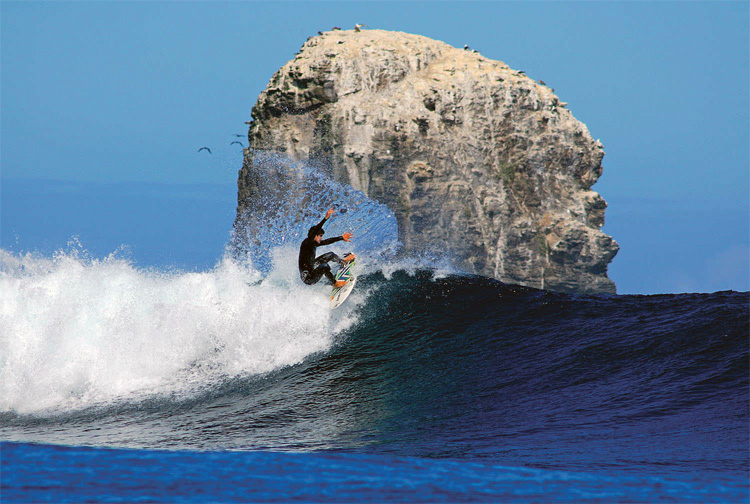The Chilean big wave surf break of Punta de Lobos and the idyllic Australian point break of Noosa have been officially declared the 9th and 10th World Surfing Reserves, respectively.
After launching the "Lobos Por Siempre" campaign in 2015, Save The Waves and Patagonia helped raise enough funds to buy the Mirador Property, a 4.5-acre area located at the tip of Punta de Lobos.
Over 900 small donors and companies collected $750,000, and now the legendary Chilean surf spot is protected forever.
"Thank you so much to everyone who made this incredible project possible and helped transform a private property into a free-access area forever," underlined surfer-environmentalist Ramon Navarro.
Only time will show the great impact of this project, the only piece of land with free access to our beaches from Infiernillo to Cáhuil."

Meanwhile, in Queensland's Sunshine Coast, there's a magical surf heaven joining the World Surfing Reserve movement.
Noosa, a four-kilometer stretch of surreal surf breaks, has also been awarded the prestigious designation.
What is a World Surfing Reserve?
The World Surfing Reserve is a program launched by the non-governmental organization Save the Waves Coalition in 2009 to protect iconic surf breaks from the threat of commercial and urban development.
Malibu, Ericeira, Manly Beach, Santa Cruz, Huanchaco, Todos Santos, Snapper Rocks, Guarda do Embaú, Punta de Lobos, and Noosa are now World Surfing Reserves.
